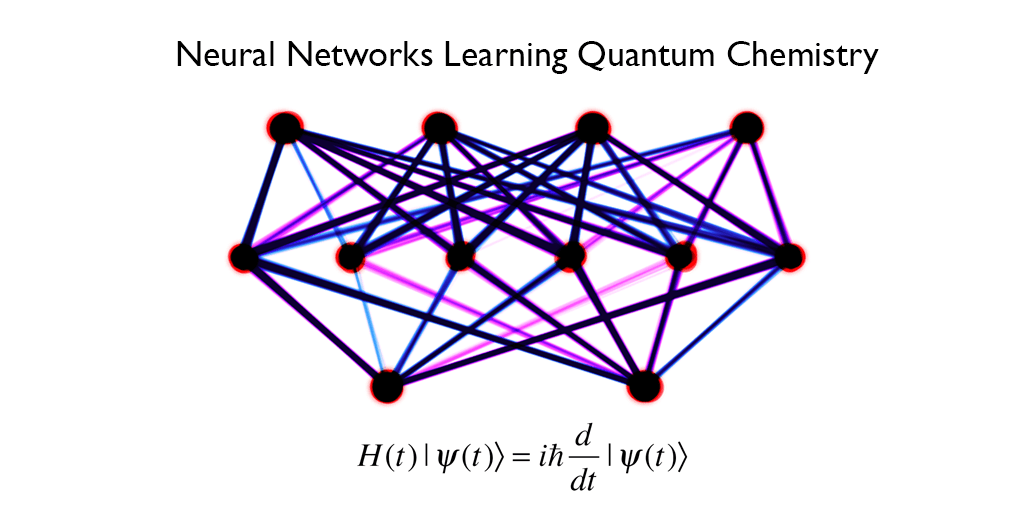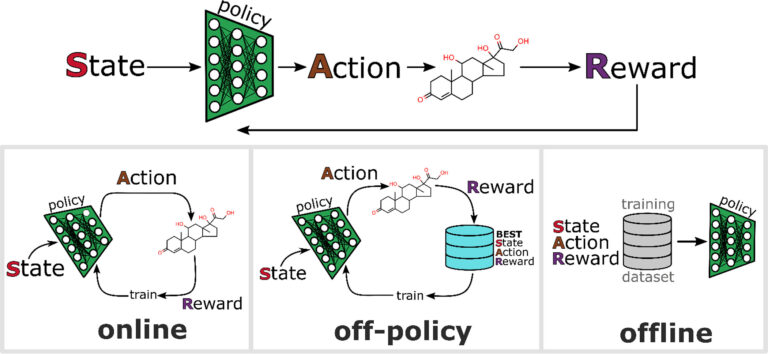
I am an associate professor at the Department of Chemistry, Carnegie Mellon University. My current research interests focus on solving fundamental chemical problems with machine learning, molecular modeling, and quantum mechanics.
Featured Publications
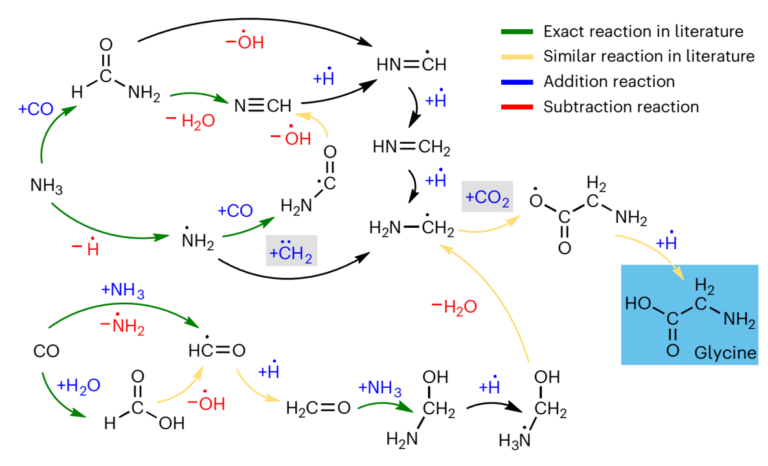
Exploring the frontiers of condensed-phase chemistry with a general reactive machine learning potential.
Nature Chem. 2024, ASAP.
DOI: 10.1038/s41557-023-01427-3
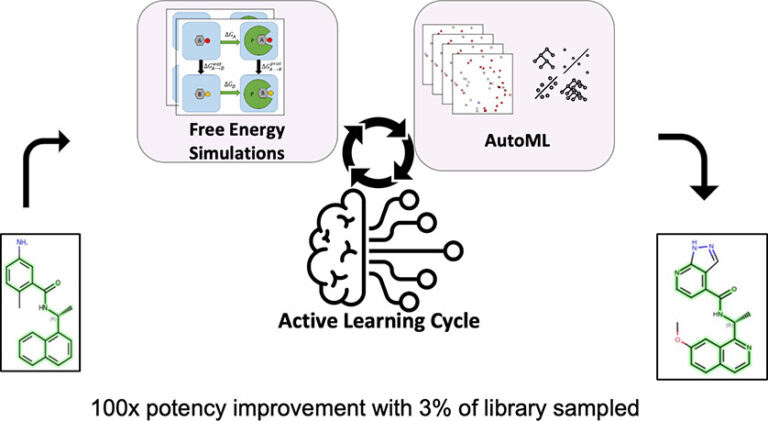
Active Learning Guided Drug Design Lead Optimization Based on Relative Binding Free Energy Modeling
J. Chem. Inf. Model. 2023, 63, 2, 583–594 DOI: 10.1021/acs.jcim.2c01052
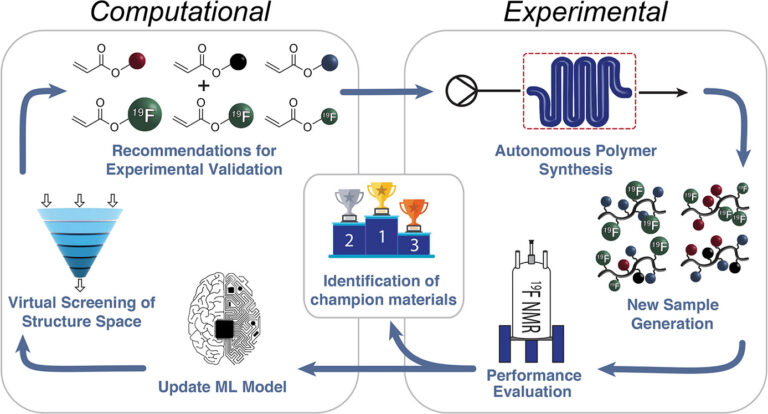
Machine-Learning-Guided Discovery of 19F MRI Agents Enabled by Automated Copolymer Synthesis.
J. Am. Chem. Soc. 2021, 143, 42, 17677–17689. DOI: 10.1021/jacs.1c08181
